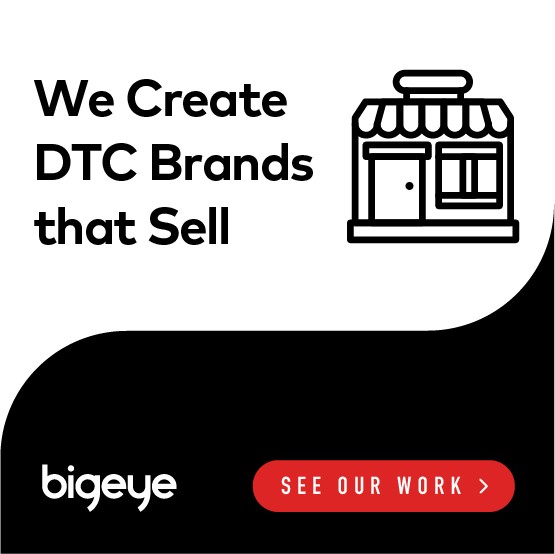
Use lookalike modeling to find new customers with similar traits to your current ones. Read on to explore how it can improve your marketing efforts.
As a business owner, have you ever wished you could clone your best customers? Modern business tech has not advanced quite that far yet. You can’t exactly duplicate your existing base of customers; however, you can grow it.
Understanding lookalike modeling
With lookalike audience targeting, you can select specific traits of your current consumers or leads. Your original source could come from email lists, social marketing sites, tracking pixels of website visitors, or even third-party sources. Then you match the common traits from your source with consumers in a wider pool to generate a new audience.
As a simple example, say American women between 28 and 42 tend to buy the most children’s shoes from your website. You could match those specific traits to target direct-to-consumer advertising. Since you’re matching traits, you have a better chance to display appropriate ads over just showing your advertising to everybody. That gives you a good chance to improve your ratio of ad clicks and conversions.
Of course, the more information that you have about your existing and current audience, the better chance you have to benefit. For instance, it might help to know if these women are mothers, have a certain income level, and so on. Still, any amount of targeting to new people that you can base off of traits from current prospects or customers should yield better results than not targeting at all.
Lookalike modeling tools
Of course, you will need a way to automate the process of finding a new audience that matches one of your current ones. You can find plenty of alternatives to help you with this. Explore Facebook Lookalike Audiences and Adobe Audience Manager to understand how businesses use technology to create lookalike audiences.
Facebook Lookalike Audiences
If you’re looking for a simple introduction to a lookalike modeling, you should know that Facebook offers a feature they call Facebook Lookalike Audiences. This gives you a way to target new customers based upon certain qualities of an existing custom audience. Some sources for your custom audience could include your existing Facebook followers, customer records, pixel tracking, or an email list. When you create your custom audience, Facebook will do the work of finding common traits in order to create your new audience from their own vast base of users.
Facebook’s tools look fairly simple to use, but you have to give up some control. You can set location and audience size. However, the system chooses and matches traits. According to Facebook, your two audiences will more closely match each other if you choose a smaller audience. In turn, it will start to diverge more if you pick a bigger one. Because of the way their algorithm works, they suggest an audience size of between 1,000 and 50,000 people. However, Facebook does allow you to create multiple lookalike audiences to use for ad targeting.
Adobe Audience Manager
If you work with a lookalike modeling agency, they may suggest a more sophisticated and flexible tool, like Adobe Audience Manager. With Audience Manager, you can trust the system to match traits or choose your own. You also have control over time intervals and data sources. Data sources could include either your own or third-party customer bases.
This tool offers such sophisticated features as A/B testing, in-depth analytics, and built-in privacy controls. Most of all, you’re not locked into using Facebook advertising. While software like Adobe Audience may prove somewhat more complex to use than Facebook Lookalike Audiences, it’s more flexible.
Making the most of lookalike audience targeting
As a marketer, you’ve probably already heard about the benefits of creating buyer personas. When you take the time to get to know your current customers, you have a better chance to connect with other people who have similar motivations and habits. Lookalike targeting takes this one step further because you can use what you know in order to grow your audience and your customer base.
Of course, you can use this kind of targeting on your database of warm leads in order to market things that similar customers have purchased. You might even apply it to your existing customer base for upsells. Lookalike modeling can really shine when you need to approach a cold audience that doesn’t already have a strong introduction to your business. Because you can use traits from existing customers or prospects, you should have better conversions than if you could not pull specific traits to base your targeting upon.
Since you know you’re working with a cold audience, some marketers say they get the most value by crafting ads that build trust more than overt sales. You might run split tests with various ads to see how this works for your own services or products. For instance, you could try a split test with direct ads against more subtle informational content that leads to a subscription form. Either way, lookalike audience targeting gives you a good opportunity to warm up a cold audience and even to turn them into your customers.




